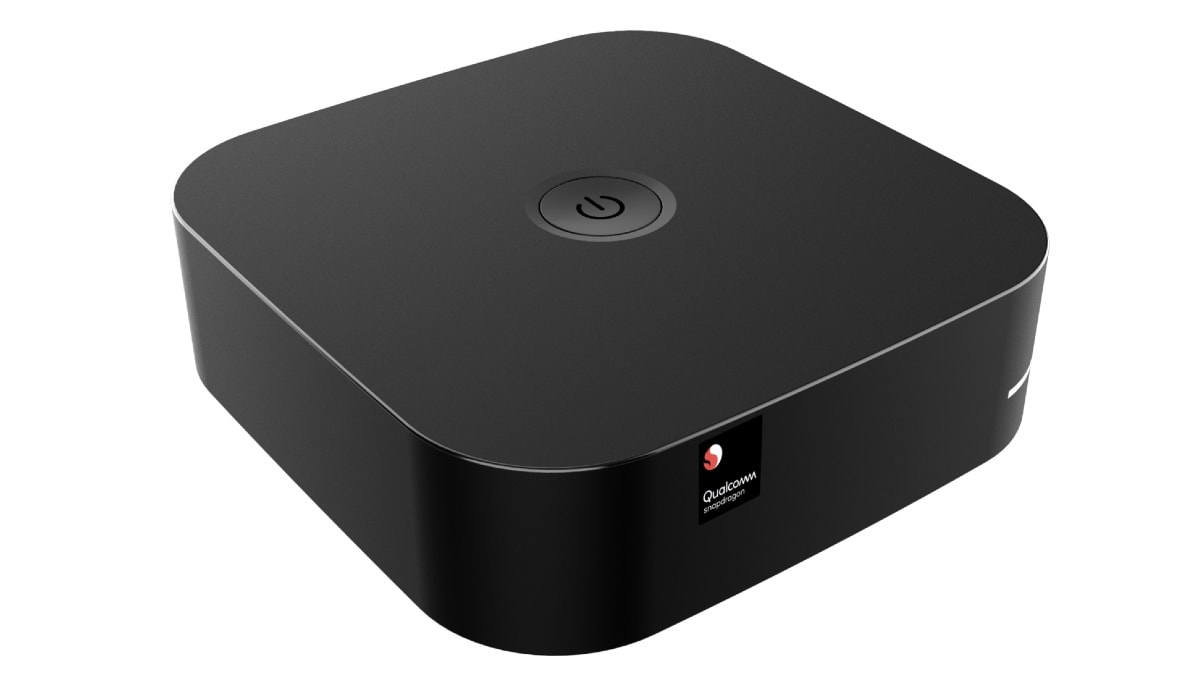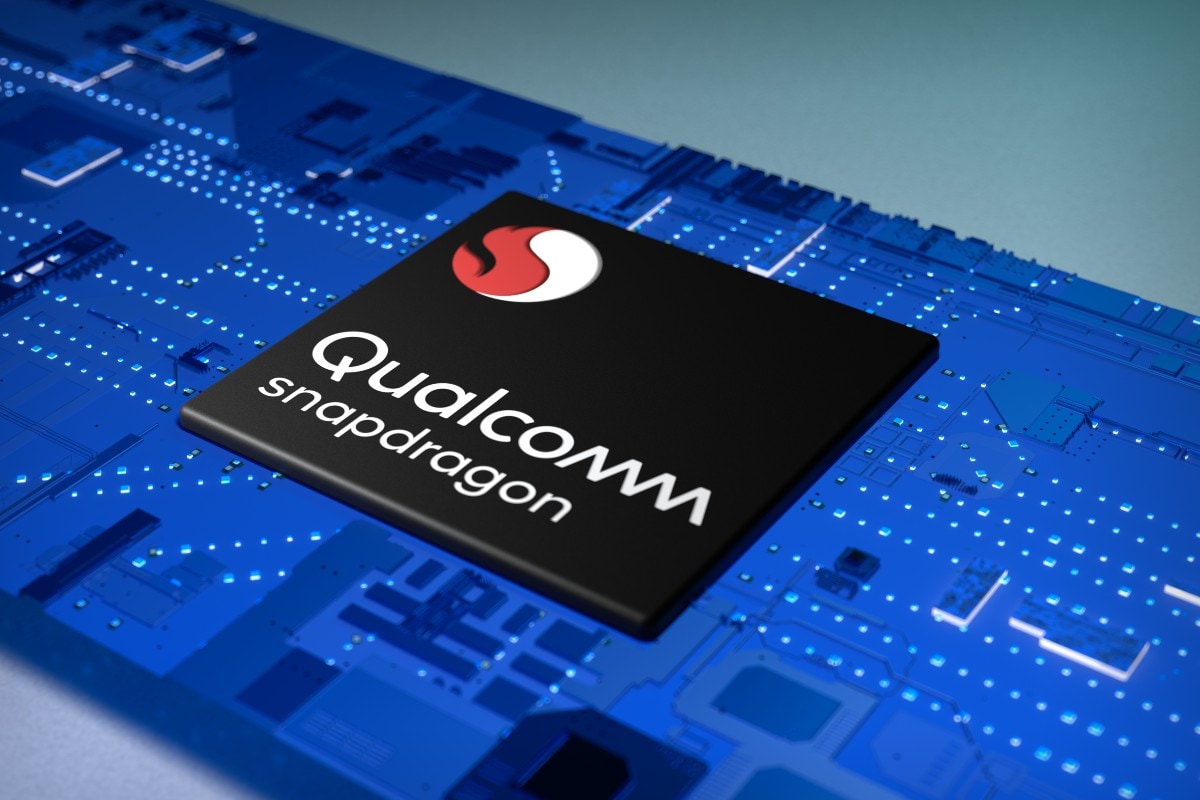Qualcomm Snapdragon 7c Gen 2 compute platform was launched on Monday as the company’s next-generation system-on-chip (SoC) for always-on, always-connected, entry-level Windows PCs and Chromebooks. The new Snapdragon platform is positioned as the successor to Snapdragon 7c that Qualcomm unveiled in 2019, and there are many similarities between the two. Qualcomm claims that the new Snapdragon 7c Gen 2 chipset is capable of delivering up to 10 percent higher system performance than competitive platforms and up to two times the battery life of typical entry-level laptops with over 19 hours of continuous use on a single charge. The new offering is also designed to enhance camera and audio experiences on new laptops and Chromebooks to support remote working and learning environments.
Qualcomm Snapdragon 7c Gen 2 availability
The Qualcomm Snapdragon 7c Gen 2 will be commercially available starting this summer, Qualcomm said in a press statement. The chipset will be compatible with both Windows 10 and Chrome OS devices.
Qualcomm Snapdragon 7c Gen 2 specifications
Qualcomm has designed the Snapdragon 7c Gen 2 as a competitor against the Intel Celeron N4020, Intel Pentium Silver N5030, and MediaTek MT8183. The chipset is claimed to be up to 60 percent more performance efficient over the competition and is aimed to be a solution for developing laptops targeting educators, students, first line workers, and everyday light consumers.
In terms of specifications, the Snapdragon 7c Gen 2 has an octa-core Kryo 468 CPU based on 64-bit architecture — with a clock speed of up to 2.55GHz. Although the CPU is the same as the one that was powering the original Snapdragon 7c launched in December 2019, it supports a higher clock speed on the new chipset. Both original and new Snapdragon chips are also based on the 8nm process technology.
The Snapdragon 7c Gen 2 comes with a 14-bit Qualcomm Spectra 255 image signal processor (ISP) that supports dual cameras of up to 16-megapixel resolution or up to a 32-megapixel single camera. The ISP also includes support for up to 10-bit colour depth video recording.
For audio, the Snapdragon 7c Gen 2 has Qualcomm Aqstic technology, along with Qualcomm Voice Suite audio processing that is claimed to enhance audio delivery. The new Snapdragon chipset also supports video playback of up to 4K HDR10 and H.265 (HEVC), H.264 (AVC), and VP9 codec support. There is also Qualcomm aptX audio playback support.
The Snapdragon 7c Gen 2 has an Adreno GPU and a Qualcomm Hexagon 692 DSP. The chipset also comes with a Snapdragon X15 LTE modem.
Qualcomm has provided support for up to QHD display at 60Hz refresh rate. Further, the SoC includes dual-channel LPDDR4x RAM, eMMC 5.1 or UFS 2.1 storage.
Connectivity-wise, the Snapdragon 7c Gen 2 supports Wi-Fi 802.11ac, Bluetooth v5.0, GPS/ A-GPS, NavIC, BeiDou, Galileo, GLONASS, QZSS, and SBAS. There is also the Snapdragon X15 LTE modem that supports 2x20MHz downlink carrier aggregation and up to 4×4 MIMO.
In addition to the Snapdragon 7c Gen 2, Qualcomm brought a new Snapdragon Developer Kit for Windows 10 PCs. It has been designed in collaboration with Microsoft to boost development of apps for Windows 10 devices powered by Snapdragon compute platforms. The developer kti is claimed to be optimised for solutions including Zoom to offer users an alternative to affordable Intel Atom-powered laptops.

Qualcomm’s Snapdragon Developer Kit
Photo Credit: Qualcomm
The Snapdragon Developer Kit will be available commercially at the Microsoft Store this summer. Details about its pricing will be available at the time of its availability.
Is MacBook Air M1 the portable beast of a laptop that you always wanted? We discussed this on Orbital, the Gadgets 360 podcast. Orbital is available on Apple Podcasts, Google Podcasts, Spotify, and wherever you get your podcasts.
